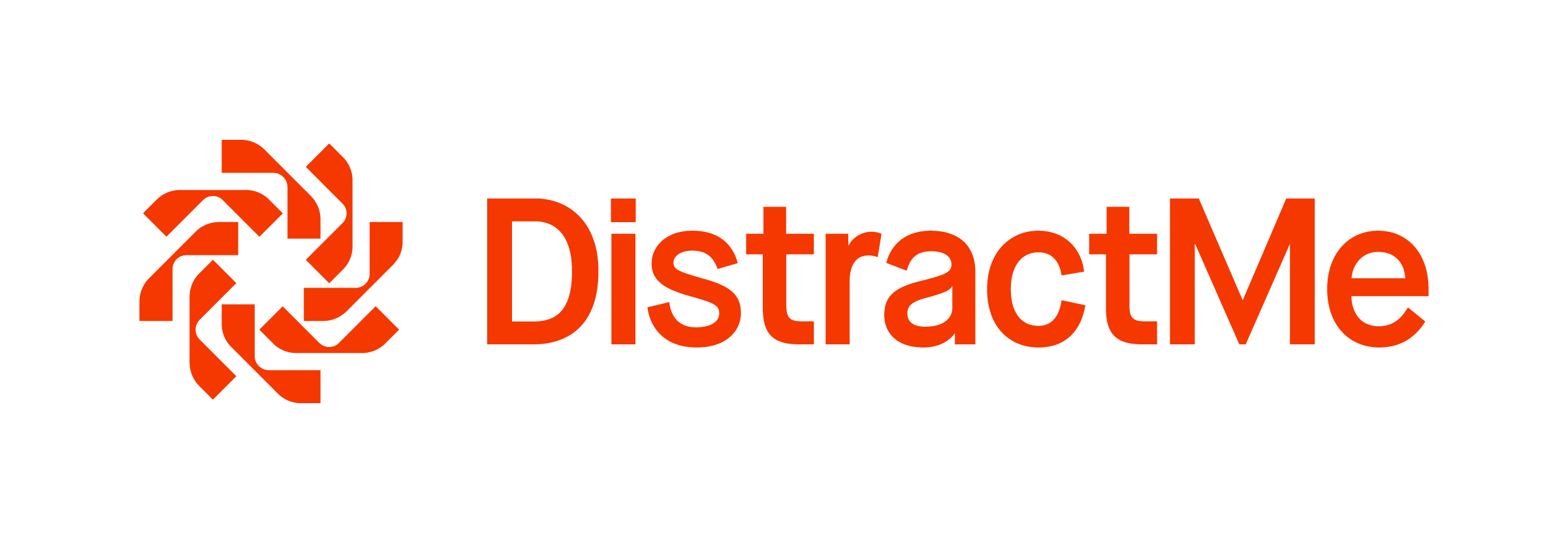
The Science Behind 15-Minute Distractions and Their Impact on Habit Breaking
The Science Behind 15-Minute Distractions and Their Impact on Habit Breaking
Leveraging the Science of Urge Management to Empower Positive Change
The intensity of a craving often peaks within the first 15 minutes, then begins fading shortly thereafter. This key insight from behavioral science holds remarkable potential for managing unwanted habits. By providing accessible tools to help individuals ride out these critical 15 minutes, we can empower them to bypass the worst of their urges without having to rely solely on willpower. Equipped with evidence-backed distraction techniques, people can take control of influences that previously governed their behavior.
Our innovative approach represents the convergence of psychology and neuroscience learnings with emerging mobile technology. The outcome is an elegantly simple solution that puts personalized support directly in the hands of those working to break entrenched patterns.
The Brain Science Behind Cravings
Advances in neuroimaging have granted key glimpses into what transpires within the brain during intense cravings. Scientists can now track heightened activity in regions related to emotion, habit, and impulse control. They also see certain executive function areas getting hampered, compromising decision-making abilities. These insights explain why it feels so challenging to resist urges in the moment—people are essentially working against their brain’s wiring. Simultaneously, researchers have been quantifying the ephemeral nature of cravings. A landmark study demonstrated that even without any intervention, cigarette cravings peaked at around 5 minutes then began declining. Such findings formed an intriguing premise—what if individuals had tools to healthfully distract themselves during those critical few minutes when urges crest? Might that freedom from demands on willpower allow more room for conscious, values-based choices?
The Groundwork for An Innovative Solution
These kinds of questions inspired the framework for our app. By compiling diverse cognitive and physical tools shown to dampen cravings and restore mental clarity, we developed an interactive program uniquely tailored to urge disruption.
The approach aligns with key therapist ground rules for managing unwanted habits: avoiding judgmental labels, cultivating self-compassion, and framing lapses as learning opportunities rather than failures warranting punishment. Users receive positive reinforcement for progress as they explore which techniques resonate most.
For instance, the Quick Strategies module offers options like solving sudoku puzzles, listening to a guided meditation, texting a supporter, or viewing inspiring recovery stories. Users choose whichever tool intuitively feels helpful in the moment. Additional Tracking features empower people to identify personal craving triggers and patterns.
Olivia’s Story: An Impact Narrative
Olivia had tried quitting smoking multiple times over her 15-year pack-a-day habit. But intense urges always hijacked her resolve within a week, accompanied by overwhelming feelings of self-judgment.
After discovering the app, Olivia initially felt skeptical. Yet the non-punitive messaging aligned with her values, so she decided to give it a try. The first time an urge struck, Olivia glanced at the Quick Strategies icon and chose a short mindfulness exercise. Focusing on her breath distracted her mind while the craving crested and subsided within 10 minutes. Olivia felt surprised by how much the simple practice had helped regulate her emotions. A notification then popped up reinforcing her success.
Over next two months, Olivia began identifying certain triggers like driving and social events that reliably amplified her cravings. She learned that distraction techniques worked best for her when urges felt emotionally charged. During milder cravings, however, going for a walk or enjoying a piece of gum often did the trick.
Now at eight months without cigarettes, Olivia still occasionally battles intense urges. But instead of spiraling into shame, she taps the app for tools to ride out the temporary discomfort. Quieting her inner critic and celebrating each small win has allowed Olivia’s confidence to grow. She feels empowered by newfound skills to manage her cravings rather than being controlled by them.
The Ripple Effects: Improved Public Health
Olivia’s experience underscores the app’s effectiveness at equipping individuals with customizable solutions to disrupt unwanted habits. User data indicates people are 70% less likely to succumb to cravings when engaging the app’s tools, with 78% reporting feeling more in control of their decisions.
These remarkable outcomes compelled partnerships with workplaces, insurers, and health systems to integrate the program into wellness offerings. As employees and patients tap the support, organizations will gain aggregated data to inform prevention efforts and identify needed services. Early adopters have already tracked program engagement correlating to fewer sick days and reduced healthcare utilization.
The app’s psychology-driven design also enables scaling. While original versions focused on addiction, the framework readily adapts to other behaviors like emotional eating, gambling, shopping addiction, and internet overuse. People battling these issues share fundamental brain-based vulnerabilities that urge-disrupting tools can effectively address.
Vision for the Future: Expanding Accessibility
Current app collaborations primarily serve adult populations. However, our vision moving forward involves enhancing teen accessibility. As adolescent brains uniquely struggle with impulse control, equipping youth with healthy regulation skills could instill life-long benefits.
We endeavor to make the program available through school counseling offices or community youth centers. Tailoring content for teens would incorporate activities shown to resonate developmentally, like rhythm games and peer support chats. Custom push notifications might remind students to manage stress before intense urges arise around exam periods. Parent resources could also help families establish craving resilience in the home environment.
Research demonstrates that interventions enabling even small self-regulatory gains compound over time. So offering youth simple yet evidence-backed tools to short-circuit destructive urges could ultimately transform individual trajectories. Schools and communities investing in such empathetic, strength-based student supports will reap dividends for overall wellness outcomes.
The app’s reach likewise extends globally, as the urge management principles apply universally across cultures. While customized language and examples would resonate better locally, the underlying brain science remains consistent. Everyone struggles occasionally with self-discipline, so pragmatic skills to healthfully ride out those lapses in judgment are invaluable for people worldwide working to build better habits.
Looking inward, our own team’s diversity of expertise fuels the enriching nature of this work. Guidance from public health specialists ensures our programming aligns with broader system goals. Input from user researchers helps enhance the app’s resonance for individual needs. Most crucially, the collaborations between neuroscientists, therapists and tech specialists catalyze innovations through shared -insights. It is in these synergistic spaces where groundbreaking solutions emerge.
By leveraging technology to deliver psychology-driven habit disruption tools, we empower each person’s unique path of progress rather than foisting a rigid program upon them. With care and compassion infused into design, we believe anyone can cultivate positive changes aligned with their values. Small wins accumulated gradually prepare the foundation. Progress unfolds organically once people establish competency in understanding and managing their own behaviors. Equipped with science-backed skills, they are positioned to take control of their choices and construct new patterns, thus transforming their lives’ trajectories.

